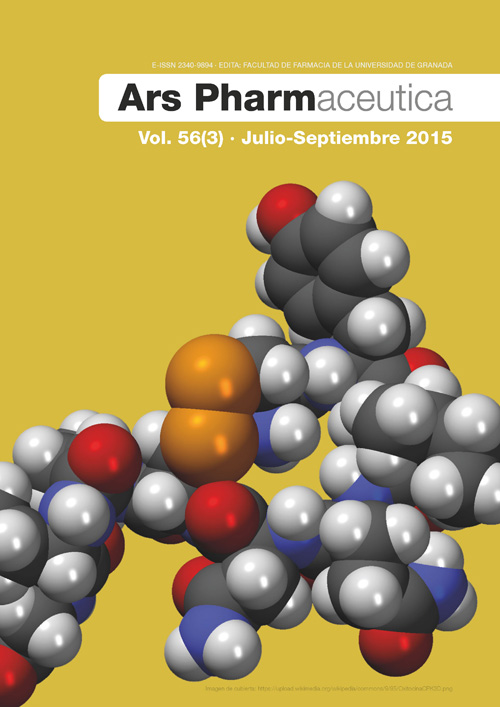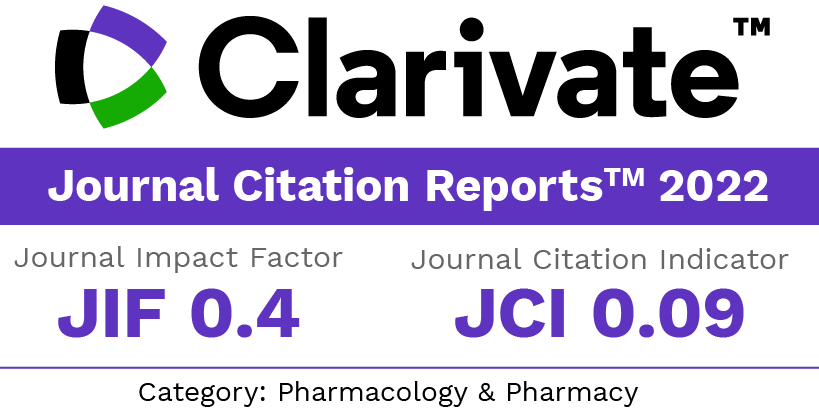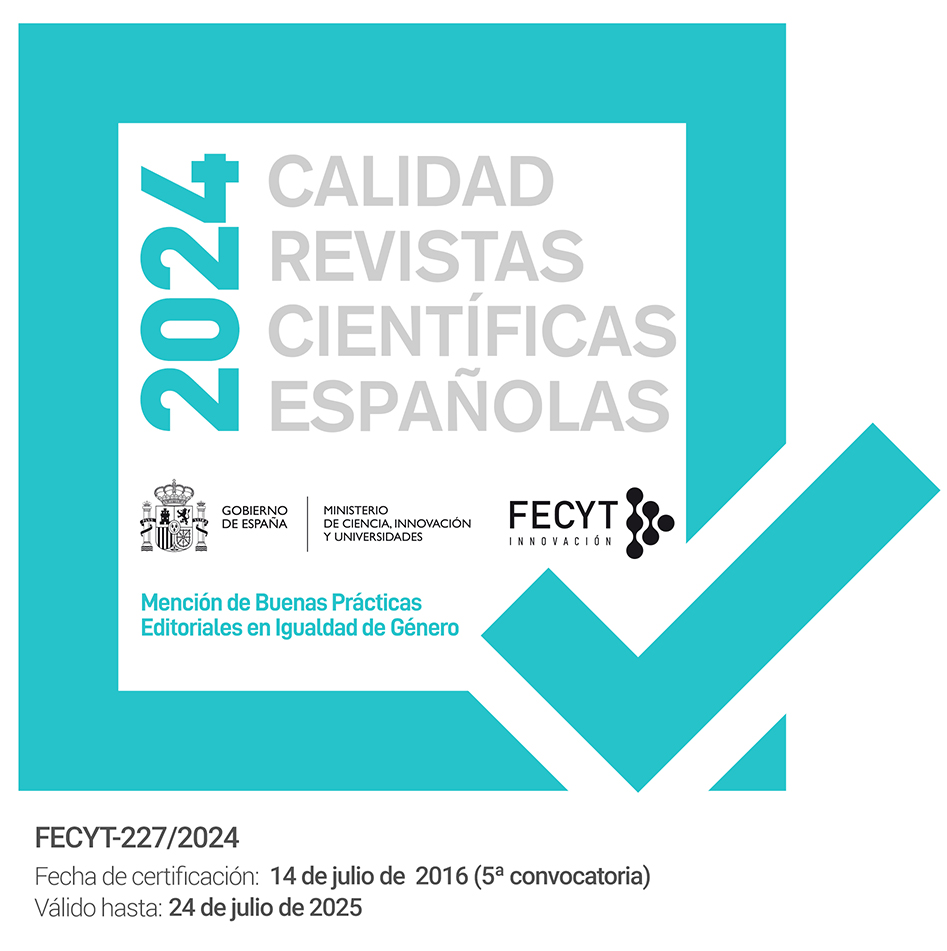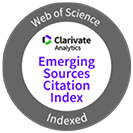Clinical study of medication reconciliation at hospital admission with patients in the areas of internal medicine and surgery
Keywords:
Medication Reconciliation, Medication Errors, Clinical Protocol, Pharmaceutical CareAbstract
Objectives. Examine the degree of complexity of pharmacotherapy in chronic patients. Analyze the continuity of medication at hospital admission. Detect the number, nature and impact of medication errors. Evaluate the hospital reconciliation protocol and analyze the contribution of the pharmacist.
Methodology. Patients in the areas of internal medicine and surgery were selected for a month. Sources consulted to elaborate the medication history were the medical history and listings of dispensing drugs in unit doses. 48 hours after admission, medication discrepancies and medication errors associated with them were evaluated. The current protocol was examined too.
Results. A total of 60 patients were included with an average age of 62.5 ± 17.2 years and 2.7 ± 1.9 per patient chronic diseases. The number of regular medication and during admission per patient was 5.4 ± 2.8 and 6.0 ± 2.9 respectively. 33.5% of the discrepancies were not justified and the average of them per patient was 2.6 ± 2.5. 49.3% of the discrepancies showed potential harm. An average of 1.3 ± 1.9 discrepancies with potential associated harm reached each patient. The medication reconciliation protocol, with the contribution of the pharmacist, was qualified with 94 out of 100 points.
Conclusions. Pharmacotherapy of chronic patients is complex in community and hospital services. There is a high number of unjustified discrepancies at admission. Medication reconciliation protocols must be reviewed to obtain quality standards and reduce medication errors. The pharmacist should collaborate in the protocol.
Downloads
References
Gleason KM1, Groszek JM, Sullivan C, Rooney D, Barnard C, Noskin GA. Reconciliation of discrepancies in medication histories and admission orders of newly hospitalized patients. Am J Health Syst Pharm. 2004;61: 1689-95.
Conciliación de la medicación. Información Farmacoterapéutica de la Comarca (INFAC). 2013;21(10):68-74.
Estudio sobre la seguridad de los pacientes en atención primaria de salud (APEAS). Ministerio de Sanidad y Consumo. Madrid; 2008.
Estudio nacional sobre los efectos adversos ligados a la hospitalización (ENEAS). Ministerio de Sanidad y Consumo. Madrid; 2005.
Ley 29/2006, de 26 de julio, de garantías y uso racional de los medicamentos y productos sanitarios.
Ley 44/2003, de 21 de noviembre, de ordenación de las profesiones sanitarias.
The Rational Use of Drugs - Report of the Conference of Experts. Organización Mundial de la Salud. Nairobi; 1985. Disponible en: http://apps.who.int/medicinedocs/es/m/abstract/Js17054e/ (Sep 2014).
Varkey P, Resar RK. Medication reconciliation implementation in an academic center. Am J Med Qual. 2006;21:293–295.
Delgado O, Anoz L, Serrano A, Nicolás J. Conciliación de la medicación. MedClin (Barc). 2007;129(9):343-8.
Alfaro ER, Vega MD, Galván M, Nieto MD, Pérez C, Santos B. Metodología de conciliación del tratamiento farmacológico en pacientes pluripatológicos. Aten Primaria. 2014;46(2):89-99.
Medication reconciliation handbook. Joint Commission on Accreditation of Healthcare Organizations. Oakbrook Terrace, IL: Joint Commission Resources; 2006.
Cuestionario de autoevaluación de la seguridad del sistema de utilización de los medicamentos en los hospitales. Instituto para el Uso Seguro de los Medicamentos. Delegación Española del Institute for Safe Medication Practices (ISMP). Disponible en: http://apps.ismp-espana.org/ficheros/cuestionario.pdf (Sep 2014).
Documento de consenso en terminología y clasificación de los programas de conciliación de la medicación. Sociedad Española de Farmacia Hospitalaria (SEFH). Editorial Mayo. Madrid; 2009.
Index for Categorizing Medication Errors. The National Coordinating Council for Medication Error Reporting and Prevention (NCC MERP). Disponible en: http://www.nccmerp.org/medErrorCatIndex.html (Sep 2014).
Buenas prácticas en la conciliación de la medicación en el ingreso, alta y transición interservicios. Observatorio para la seguridad del paciente. Agencia de Calidad Sanitaria de Andalucía. Junta de Andalucía. Sevilla; 2010.
Beckett RD, Crank CW, Wehmeyer A. Effectiveness and feasibility of pharmacist-led admission medication reconciliation for geriatric patients. J Pharm Pract. 2012;25:136–141.
Gizzi LA, Slain D, Hare JT, Sager R, Briggs F, Palmer CH. Assessment of a safety enhancement to the hospital medication reconciliation process for elderly patients. Am J GeriatrPharmacother. 2010;8:127–135.
Knez L, Suskovic S, Rezonja R, Laaksonen R, Mrhar A. The need for medication reconciliation: A cross-sectional observational study in adult patients. Respir Med. 2011;105:60–66.
Lubowski TJ, Cronin LM, Pavelka RW, Briscoe LA, Briceland LL, Hamilton RA, Effectiveness of a medication reconciliation project conducted by PharmD students. Am J Pharm Educ. 2007;71:94.
Kemp LO, Narula P, McPherson ML, Zuckerman I. Medication reconciliation in hospice: A pilot study. Am J HospPalliat Care. 2009;26:193–199.
Gleason KM, McDaniel MR, Feinglass J, Baker DW, Lindquist L, Liss L, et al.. Results of the Medications at Transitions and Clinical Handoffs (MATCH) study: An analysis of medication reconciliation errors and risk factors at hospital admission. J Gen Intern Med. 2010;25:441–447.
Pippins JR, Gandhi TK, Hamann C, Ndumele CD, Labonville SA, Diedrichsen EK, et al.. Classifying and predicting errors of inpatient medication reconciliation. J Gen Intern Med. 2008;23:1414–1422.
Downloads
Published
How to Cite
Issue
Section
License
The articles, which are published in this journal, are subject to the following terms in relation to the rights of patrimonial or exploitation:
- The authors will keep their copyright and guarantee to the journal the right of first publication of their work, which will be distributed with a Creative Commons BY-NC-SA 4.0 license that allows third parties to reuse the work whenever its author, quote the original source and do not make commercial use of it.
b. The authors may adopt other non-exclusive licensing agreements for the distribution of the published version of the work (e.g., deposit it in an institutional telematic file or publish it in a monographic volume) provided that the original source of its publication is indicated.
c. Authors are allowed and advised to disseminate their work through the Internet (e.g. in institutional repositories or on their website) before and during the submission process, which can produce interesting exchanges and increase citations of the published work. (See The effect of open access).



















